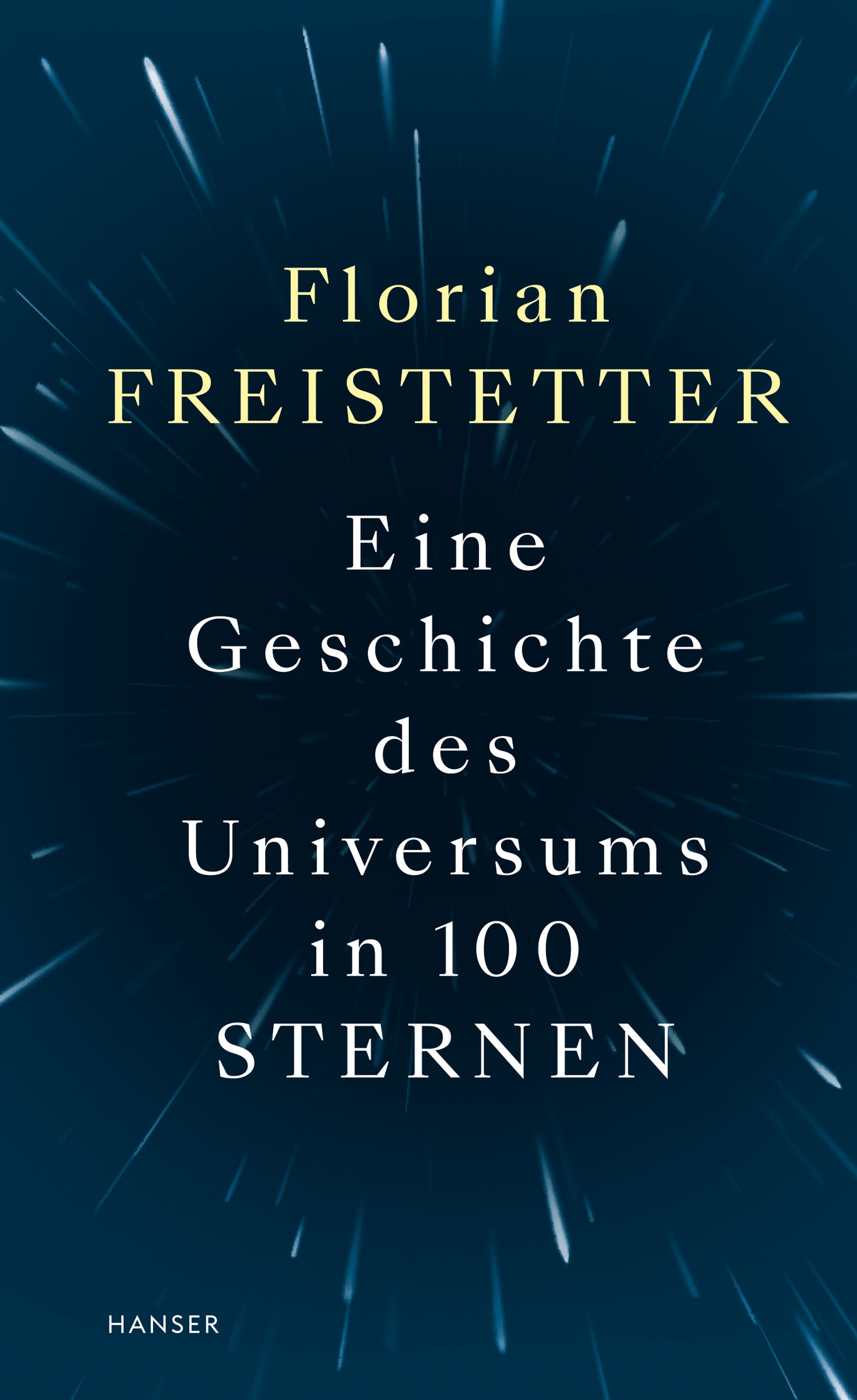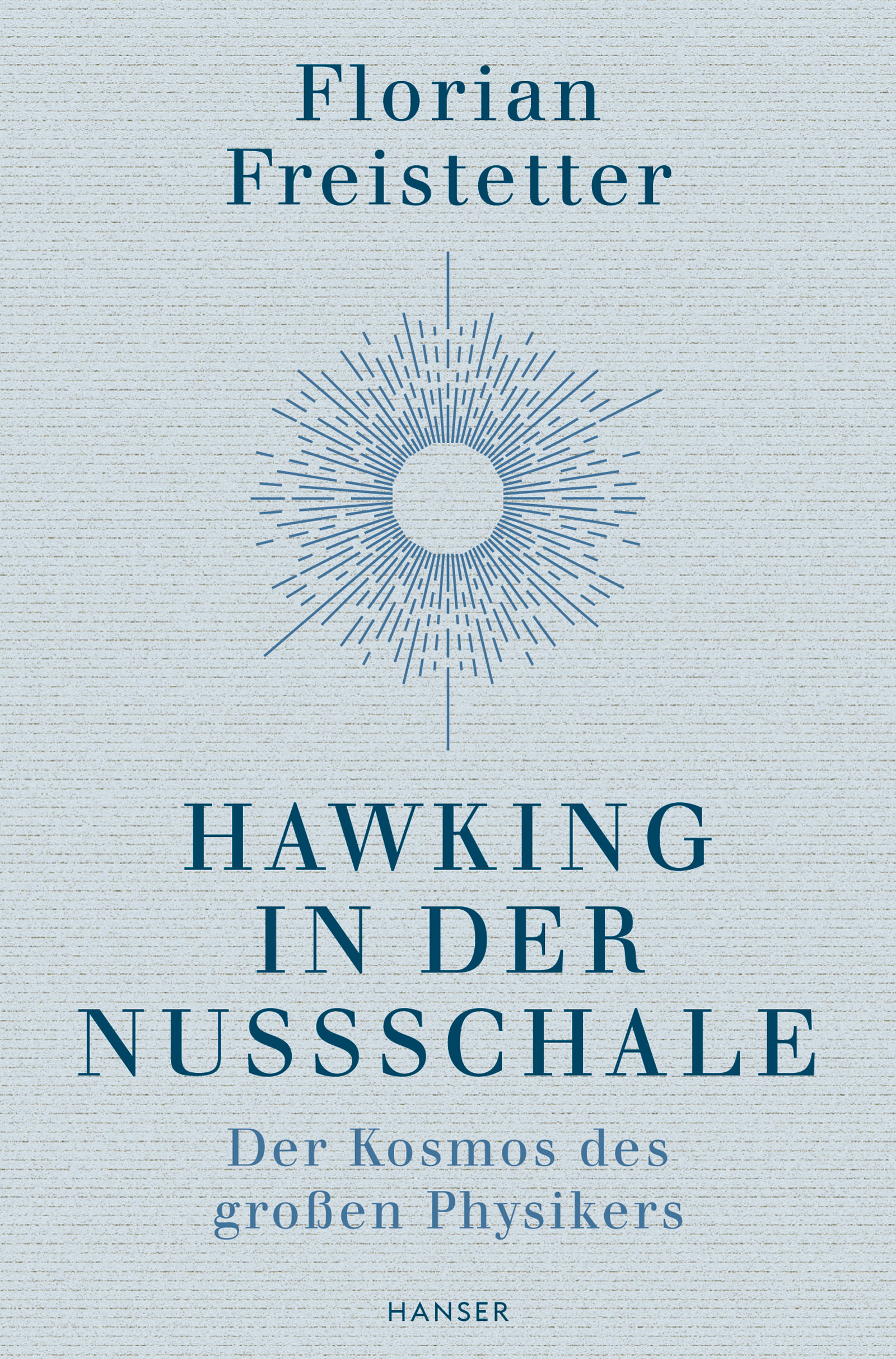Gerade habe ich auf Cosmic Diary einen äußerst lesenswerten Bericht von John Hearnshaw entdeckt. Er berichtet von seinem Besuch in der Mongolei, wo er, als Repräsentant der “IAU Commission 46 Program Group for the World-wide Development of Astronomy” die Entwicklung der Astronomie in der Mongolei untersucht hat.
Unter anderem befand Hearnshaw, dass dort ganz exzellente Bedingungen für die beobachtende Astronomie herrschen:
“Mongolia has several outstanding sites suitable for optical astronomy, with on average over 2000 clear night-time hours per year (this excludes hours within astronomical twilight), comparable with La Silla or Cerro Tololo in Chile.”
In der Mongolei dürfte es im Vergleich zu Europa auch sehr viele Frauen geben, die naturwissenschaftliche Fächer studieren:
“One interesting statistic concerning Mongolian universities (including NUM), is that the percentage of women at NUM in all faculties and schools is currently 65 per cent, all the more surprising given that families have to pay the full cost of university fees. (…) In physics women account for 45 per cent of the total number of undergraduates, but in chemistry they are 85 per cent, mathematics and computer science 60 per cent, biology 77 per cent.”
Hearnshaw schlägt vor, dass die reichen, westlichen Länder in der Mongolei ein größeres Observatorium errichten sollen. Er stellt sich eine ähnliche Kooperation vor, wie der europäischen Länder mit Chile:
“One of the wealthy countries of Asia (Japan, Korea perhaps?) or elsewhere should study the opportunities, and base a medium-sized telescope, perhaps in the 2- to 4-m class, in Mongolia in return for some limited access from Mongolian astronomers. A relationship similar to that between Europe or the USA and Chile would be ideal”
Aber auch der Rest des Berichts ist lesenswert – für ein Land wie die Mongolei scheint die Astronomie dort mittlerweile verhältnismäßig gut vertreten zu sein. (Und ich freue mich besonders darüber, dass eine Freundin von mir von der Sternwarte Wien – Dr. Katrien Kolenberg – eine wichtige Rolle dabei spielte, die Kontakte zwischen den mongolischen Astronomen und dem Rest der internationalen Community zu vertiefen.)
Khurel Togoot Observatorium, Mongolei (Bild: John Hearnshaw)











Kommentare (1)